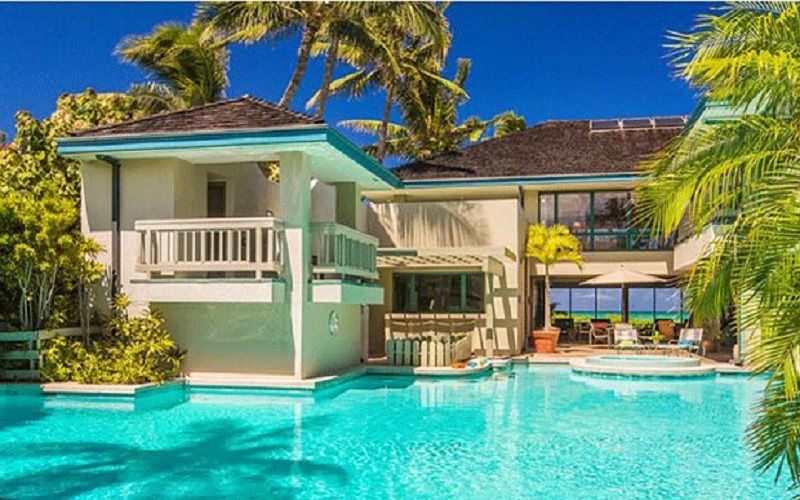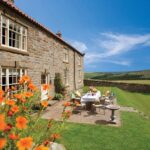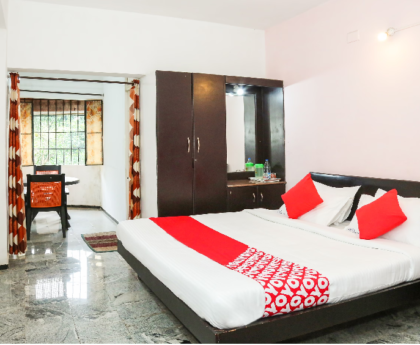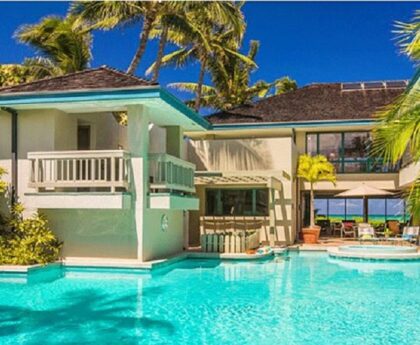The villa building and maintenance sphere is at the precipice of fiber optics and sustainability. It is both intriguing and meaningful. In the last few years, the world’s emphasis has been significantly moved to be sustainable, with an elevated consciousness of environmental effects leading to tremendous changes in many industries. Villages, referring to the luxury and comfort symbol, are no exception. More and more developers are vying for opulence and luxury housing projects, further emphasizing the need for sustainability to be a pivotal component in their design and operation.
Here, I will explore a concept of sustainable practices in the Caribbean villa building and housekeeping in detail – from materials selection to energy efficiency and along these lines.
Green Building Materials: The selection of construction materials causes Caribbean villa rentals to decrease or increase sustainability. Selecting eco-friendly materials, for instance, reclaimed wood, bamboo, rehabilitated metal, and low-VOC (volatile organic compound) paints, minimizes environmental footprint and reduces the consumption of limited resources. Many of these materials have preferable environmental features, including higher embodied energy and lower carbon footprint than conventional equivalents.
Water Conservation: Water scarcity is a growing crisis, and water-saving measures are critical in villa building projects and their maintenance. This incorporates installing low-flow fixtures, drip irrigation systems for landscaping, and employing greywater recycling systems for reuse after using water from sinks and bathrooms in irrigation.
Waste Management: It is imperative to reduce the waste from buildings and operations to pursue environmentally friendly design. Introducing waste reduction practices that include recycling construction materials, composting organic waste, and onsite waste management systems is a highly effective way of reducing the amount of materials being disposed of to landfills while maintaining circularity.
Passive Design Strategies: Passive design principles are based on making the best out of natural elements to preserve thermal comfort and reduce unnecessary use of heating and cooling systems that depend on mechanisms. These incorporate a design whose orientation is spot-adjusted to maximize solar exposure, natural ventilation through proper window placements and thermal mass that viably induces temperature regulation indoors.
Green Certifications and Standards: Pursuing green building certifications such as LEED (Leadership in Energy and Environmental Design) or BREEAM (Building Research Establishment Environmental Assessment Method) may become a framework for implementing sustainable practices and improving environmental performance. Certifications that entail demanding standards concerning energy efficiency, indoor air quality, water efficiency, materials selection, and indoor air quality, for instance, are their characteristics.
Lifecycle Assessment: The housing phase life spans are affected by the materials and procedures taken into consideration based on ecological sustainability. Through lifecycle assessments, one gets a chance to view where the options lie. Something like choosing less aggressive materials or reducing water energy use guards against environmental dangers as these contribute to the prolonged life of the villa.
Community Engagement and Education: Relating with the local community and becoming advocates for sustainability habits create the nature of possessing a real passion for protecting the environment. Running educational workshops, executing green building tours, or being a member of community initiatives are just some approaches that inspire others to invest in sustainable practices in their homes and ultimately permit the attainable pursuit of sustainability goals.
Continuous Improvement: Sustainable construction and maintenance for the Caribbean wellness retreat is ongoing. The experts continue to monitor the status and then evaluate and modify where the need arises along the way. This calls for repeated assessments of energy and water utilization and routine audits carried out in search of efficiency upgrades, new technologies, and best practices that will be used over the long run.
Final Thoughts
In combining sustainable features, such as water-saving systems or energy-efficient building materials, stakeholders within the villa concept platforms create residences that minimize environmental influence and provide healthier and more comfortable living atmospheres for residents while fulfilling the broader objectives of eco-protection and climate resilience.





